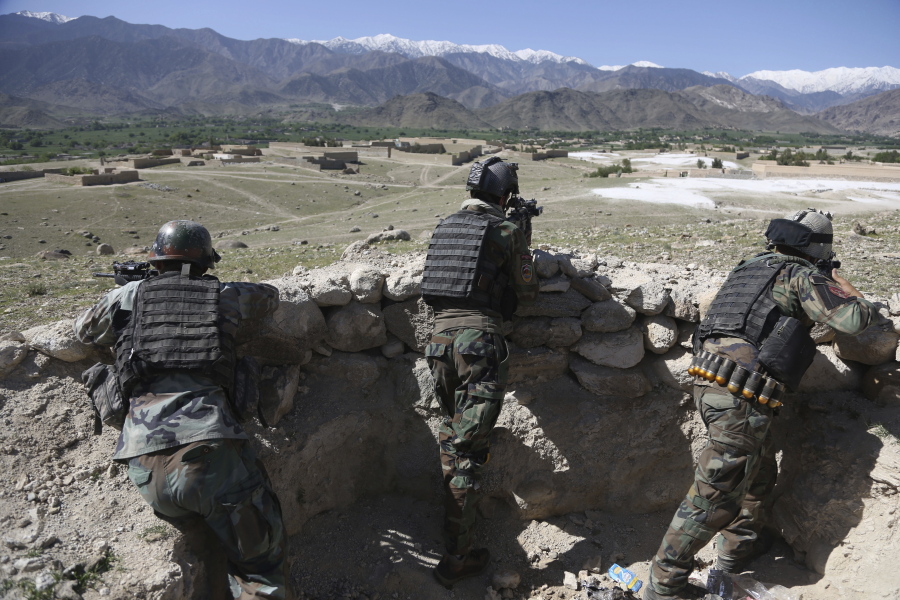KABUL, Afghanistan — U.S. forces in Afghanistan had not yet assessed the impact Friday of a massive strike on Islamic State militants in the eastern part of the country, a military spokesman said, raising questions about the already controversial decision to deploy a 22,000-pound bomb on the battlefield.
The Afghan Defense Ministry said three dozen fighters were killed in the attack, which used one of the largest non-nuclear bombs in the U.S. arsenal, the GBU-43, against a network of tunnels and bunkers in the east.
A Pentagon spokesman said its forces would not release an official statement on potential damage or casualties incurred from the strike, which was carried out in the Achin district of Nangahar province Thursday night.
It was unclear why the Afghan government released casualty figures but U.S. forces did not. For its part, the Islamic State-linked Amaq News Agency denied that the bombing caused casualties among the militants, according to the SITE Intelligence Group, which monitors online postings from extremist groups and others. The Islamic State offered no evidence to support its claim.



